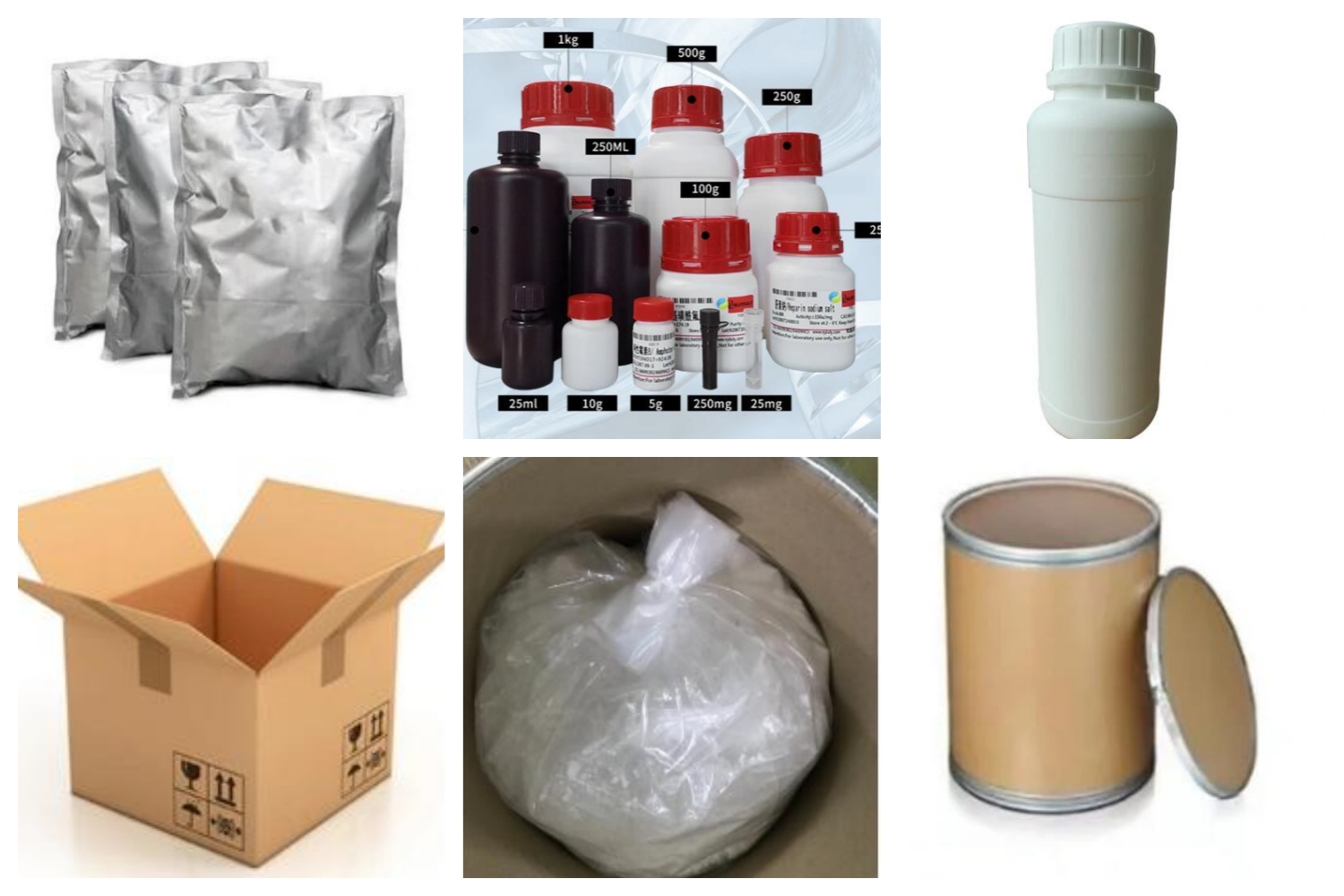Application and Effect
Fluorescence quenching: N-[[bis[4-(dimethylamino)phenyl]amino]carbonyl]glycine sodium salt, abbreviated as Dabcyl-Gly-NH-NH-Boc-NH2-Na, is known for its excellent fluorescence quenching properties. It can serve as a fluorescence acceptor molecule, effectively quenching the fluorescence of nearby fluorophores. Probe for molecular biology techniques: The compound is widely used as a fluorescent probe or tag in molecular biology techniques such as DNA hybridization assays, real-time polymerase chain reaction (PCR), and fluorescence in situ hybridization (FISH). It helps in the detection and visualization of target biomolecules by acting as a fluorescence quencher. Peptide synthesis: N-[[bis[4-(dimethylamino)phenyl]amino]carbonyl]glycine sodium salt is often used as a building block for the synthesis of peptides. It acts as an N-terminal protecting group, preventing unwanted reactions during peptide synthesis. Additionally, it facilitates peptide purification and isolation processes. Assay development: The compound has been utilized in the development of various assay systems, including enzyme-linked immunosorbent assays (ELISA) and enzyme activity assays. Its fluorescence quenching properties make it a valuable tool for designing sensitive and reliable detection methods. Drug discovery: N-[[bis[4-(dimethylamino)phenyl]amino]carbonyl]glycine sodium salt has been employed in drug discovery research for screening and evaluating enzymatic activities. By quenching fluorescence, it allows the measurement of enzyme activities in high-throughput screening assays.Product Packing:

Additional Information:
| Composition | C19H25N4NaO3 |
| Assay | 99% |
| Appearance | White powder |
| CAS No. | 115871-19-7 |
| Packing | Small and bulk |
| Shelf Life | 2 years |
| Storage | Store in cool and dry area |
| Certification | ISO. |
